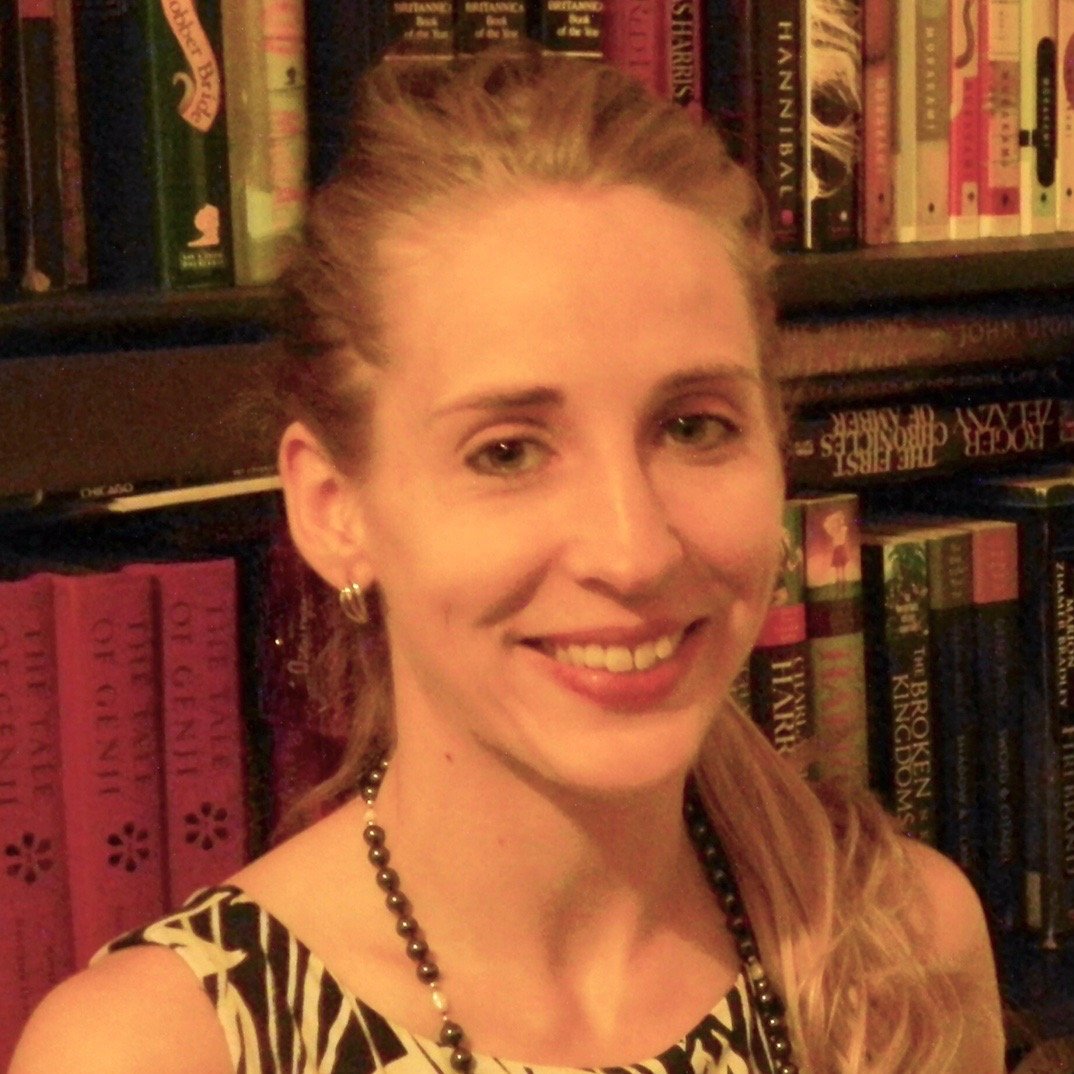6 Reasons to Live in Chicago's Hyde Park Neighborhood
Hyde Park is one of those Chicago neighborhoods that has it all: beautiful and affordable homes, accessibility, open space, unique shops, and a fascinating history.
The neighborhood was born in 1853, when lawyer Paul Cornell bought 300 acres of land and named it after the Hyde Park area of London, according to the Hyde Park Historical Society. The area was initially its own township, but Chicago annexed it in 1889. Today, the Far South Side neighborhood is an architecturally significant and unique piece of the neighborhood patchwork that makes up the city.
Here are six reasons that make Hyde Park an attractive place to live.
The Wide Variety of Affordable Homes

Hyde Park—bordered by Lake Michigan, Woodlawn, Washington Park, and Indian Village—has a collection of attached and single-family homes with a median sale priceof $227,000. Home prices will likely go up the closer you are to the lake, but Hyde Park is still one of the city’s more affordable communities.
The Public Transit

Accessibility is one of the biggest deciding factors for anyone looking for a new place to settle. Hyde Park has easy access to public transportation, including a Metra stop that will get you downtown in less than 30 minutes. Plus, buses will take you to the CTA Red and Green lines. In addition to having CTA access, the neighborhood is also highly walkable and bikeable. Walk Score ranks Hyde Park as the 26th most walkable neighborhood in the city (with a score of 86 out of 100), and it gives it an even higher bike score (92 out of 100).
The Cultural Landmarks

Hyde Park may be most notable for its prominent cultural landmarks. The presence of The University of Chicago makes the neighborhood an academic hub. While the university attracts plenty of students to the neighborhood, it also plays a larger role in shaping Hyde Park.
“[The university] will make a decision, the community will respond, it creates the back and forth of what a civic dialogue should be … which has fueled the growth of this neighborhood for the past 60 years,” Hilesh Patel, deputy director of the Hyde Park Art Center, told the Chicago Sun-Times.
Museum Campus gets a lot of attention, but the city has a multitude of exciting and well-curated museums beyond the South Loop. Hyde Park is home to the Museum of Science and Industry, which celebrates the intricacies of the scientific exploration of our world and beyond.
The neighborhood also embraces contemporary art, with an emphasis on diverse Chicago-based artists, at the Hyde Park Art Center.
In the realm of famous architecture, you’ll find Frank Lloyd Wright’s Frederick C. Robie House on South Woodlawn Avenue.
The Parks

Once a suburb, Hyde Park has retained an ample amount of open space which gives it a distinct feel as opposed to some of the city’s denser neighborhoods. Hyde Park is bordered by Washington Park, includes part of the sprawling Jackson Park, and contains multiple parks within its bounds.
Residents can explore Jackson Park’s famous Promontory Point on the lake, or explore the natural grandeur of the Garden of the Phoenix. Hyde Park also has Nichols Park (highlights include a community garden and wildflower meadow) and Harold Washington Playlot Park (come for the chess tables and volleyball nets).
During the heat of summer, Hyde Park residents also have easy access to 57th Street Beach.
The Shopping

In addition to its mighty cultural footprint and greenspace, Hyde Park has a thriving shopping scene. The Hyde Park Farmers Market kicked off for the summer in June, and it will run through October. When you’re done stocking up on seasonal, local food and goods, you can explore the neighborhood’s other shopping options. Step inside 57th Street Books to pick up your latest read, or spend the afternoon thrift shopping at The Silver Umbrella boutique and consignment service.
The neighborhood also features the mixed-use development Harper Court, a joint venture between The University of Chicago and McCaffery Interests located on 53rd Street. The development, designed to be the commercial center of the neighborhood, includes 800,000 square feet of retail space.
The Famous Names

The famous names associated with a neighborhood are certainly not the primary reason to live there, but it’s a neat bonus. You can see the family home of President Barack Obama, a Georgian revival mansion. And there are rumors that billionaire Bill Gates and his wife Melinda purchased a 3,000-square-foot home in the neighborhood.

